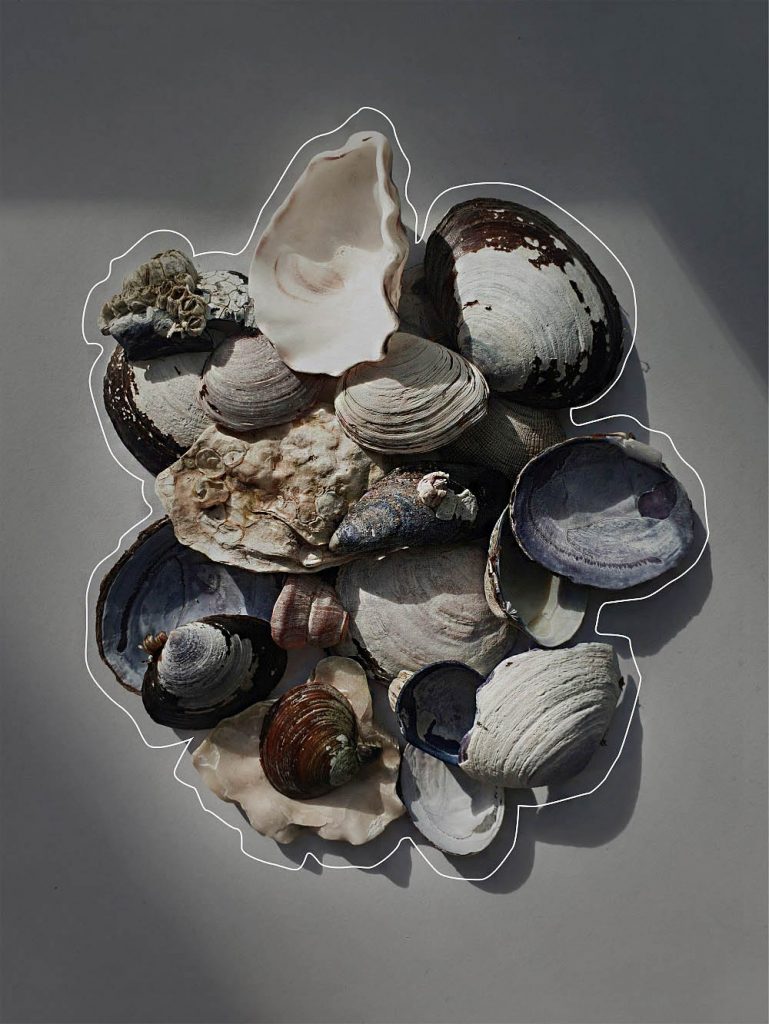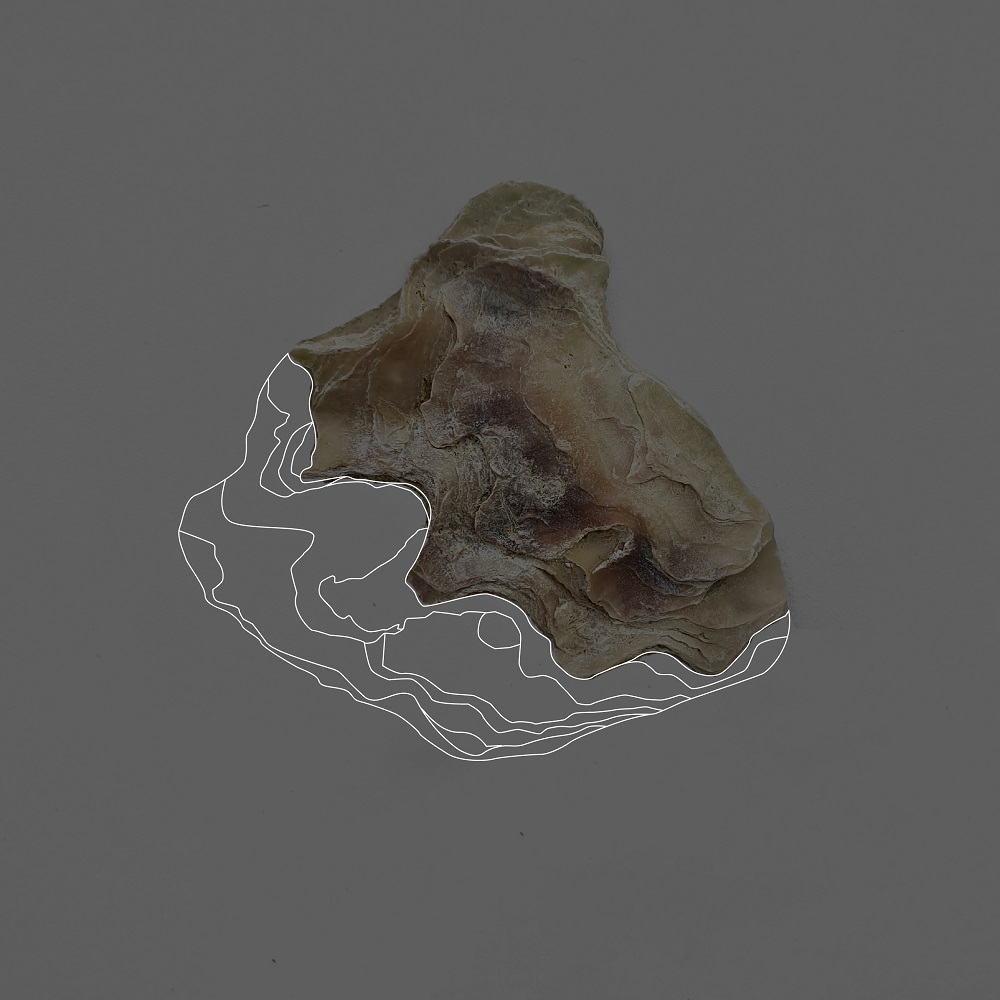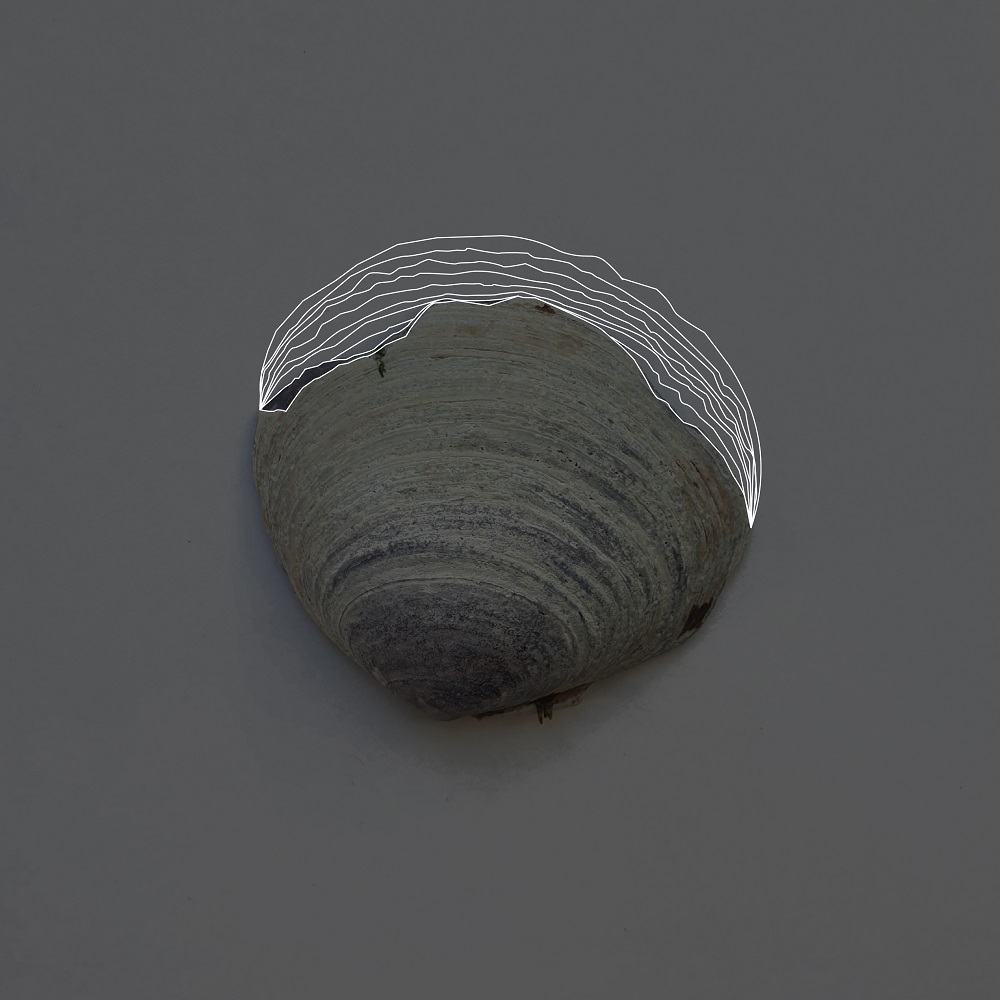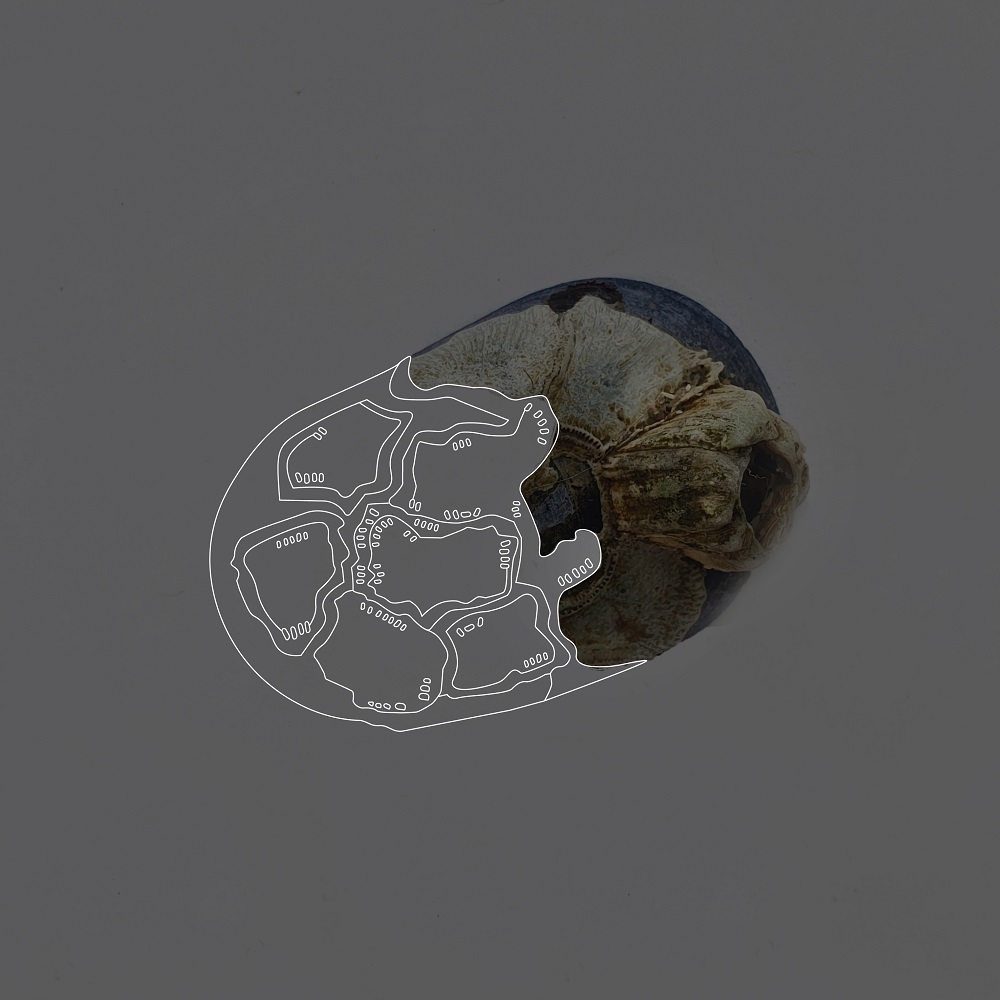Studio II
Project 1

“When confronting challenging ecological crises such as global warming, it is essential to rethink our human-nature relationship. By providing better images of nature, the scope of human action could be triggered.” (Design and nature, 68)
Climate change is typically depicted as a far ahead phenomenon in catastrophic illustrations like the planet on fire and melting glaciers. When we see these images, it’s hard to feel close to the impacts of this disaster. They are out of touch and unfamiliar to many of us. These high scale images make it difficult to feel a part of climate change and to feel responsible for our actions.
So for this project, I started thinking about the scope and the scale of climate change. Although climate change is a highly relational and large-scale issue, maybe taking smaller steps within local ecologies can have more positive impacts. It can raise more awareness and build communities. But could this approach diminish the broader circumstances of climate change that are operating on a global scale?
Still contemplating this approach, I decided to take a walk around my neighborhood where I have been living for the past couple of weeks. Vancouver is quite unique in its environment, it’s even called the land of a million microclimates. It has thousands of kilometers in coastlines, mountains, desert planes, and ancient rainforests and ice fields. The shore here has rare marine ecosystems and more than 2/3 of Canada’s wildlife lives here. (2050 degrees of change podcast). This city has an astounding amount of natural diversity and compared to where I have come from, it’s a whole another world. That is why this city also becomes a great place to see more closely the impacts of climate change.
When I was walking around the neighborhood, I started noticing my natural surrounding more and more. Every species of flora and fauna surprised me. That day, I also headed to the beach where I had been spending many afternoons at. There, I decided to start gathering and taking a closer look at all the things that could be impacted by climate change. The first thing I noticed was a large number of purple seashells on the beach that kids were playing with. Then I noticed the seaweed brought by the ocean to the coast and then the sand the area trees as well. I started taking pictures of all these elements.
All these elements in one place had a story to tell, a story that I was not familiar with. How nature moves around, takes place, changes color, texture, and smells are all part of that story. But how will that story change with the impact of climate change? Are we trying to listen to those stories and change our actions too?
In an effort to expand my knowledge around the flora and the fauna of our environment, I set out to study the things I had taken a picture/collected more closely. How much do we really know about it and how much do we care? Can more knowledge of nature create more care and sensitivity towards nature/environment?
The route I took that day to the beach was a 15 min walk from my home, along which I saw and captured many natural elements. When I got back home, I was surprised by all the significant impacts climate change has on even this 15 min short walk. One of the most significant changes was the impact of high CO2 levels on seashells. Seashells are an integral part of marine life and the food chain. High CO2 levels cause the water to become acidic and dissolve the seashells. This endangers the animals that live within them and ultimately disrupt the life of many species of birds and fish.
I started studying the color, texture, and shapes of these elements that I had brought with me. They all had the most fascinating patterns that I had ever seen. I started mapping out their patterns, and ultimately how they would disappear due to climate change. Here is the series of images I created:




